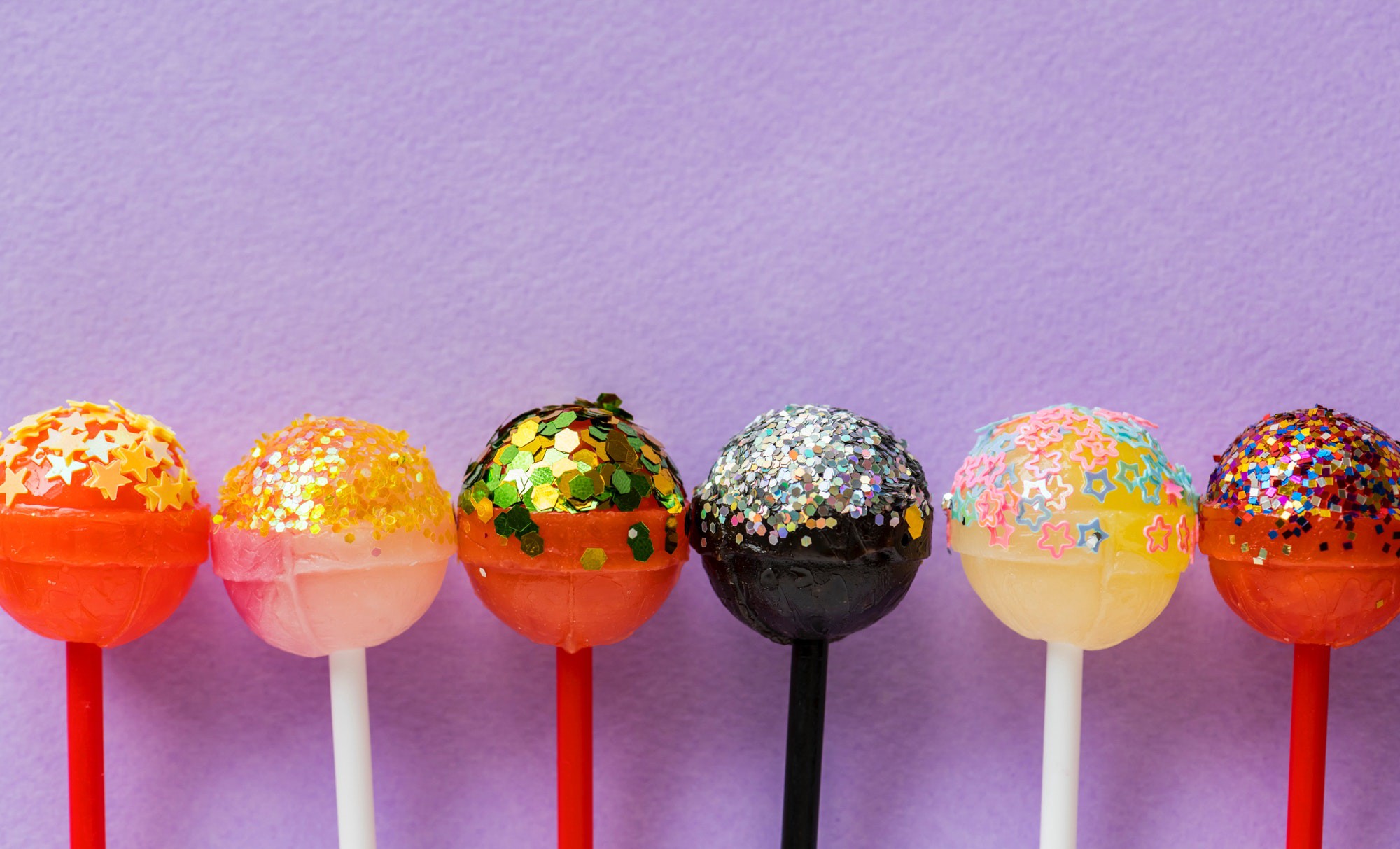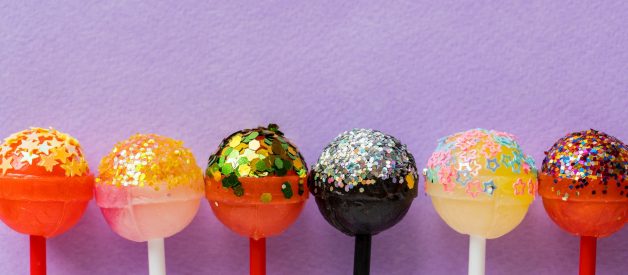Yes, I?m looking at you Dum Dums and Airheads (I mean the candies, not you reading this)!

So many of my childhood fights hinged upon guessing the true identity of a candy?s mystery flavor. Lollipops, or dumdums as some say, just taunted me with those question marks printed all over the wrapper.
Airheads were no better, with their mystery flavor having non-descript white packaging. One day I would be certain the mystery flavor was coconut, and the next time I would find myself fighting for fruit punch! Well my nostalgic friends, the guessing game is over, and I?m sorry to say the truth takes a bit of the magic out of the mystery flavor game.
Like so many things in this world, the creation of the mystery flavor was based on maximizing profits. Imagine you work at a candy factory. You?re currently making a blueberry flavored product, but need to change over to watermelon.
You could shut down the equipment, clean it thoroughly, then start everything back up to make your watermelon batch. From a business standpoint however, this is a loss of production time and therefore money.
Alternatively, as your finishing up the blueberry batch you add the watermelon mix anyways. The end of the blueberry batch will inevitably mix with the beginning of the watermelon, creating a two-flavored candy.
Previously, the blueberry-watermelon batch might have been sold at a loss as animal feed, or sent to the landfill. That is, until some genius thought to market these unique combinations as the mystery flavor!
This means the mystery flavor is ever changing. One day it might be orange-cherry and the next grape-raspberry. It all depends on the order the factory produces the flavored candies. Not only does this strategy mean the candy company never has to shut manufacturing down, it also prevents food waste.
Now, some of you might be wondering how the color of mystery flavored candies always remains white. The trick is that the colored dyes are added much later in processing, and the candies are naturally this white hue. After all, the product is mostly sugar. This practice is common in the food industry, since heat tends to degrade color compounds making them dull and faded. To make a vibrant candy that catches the eye of kids and adults alike, color would be the last ingredient added.


